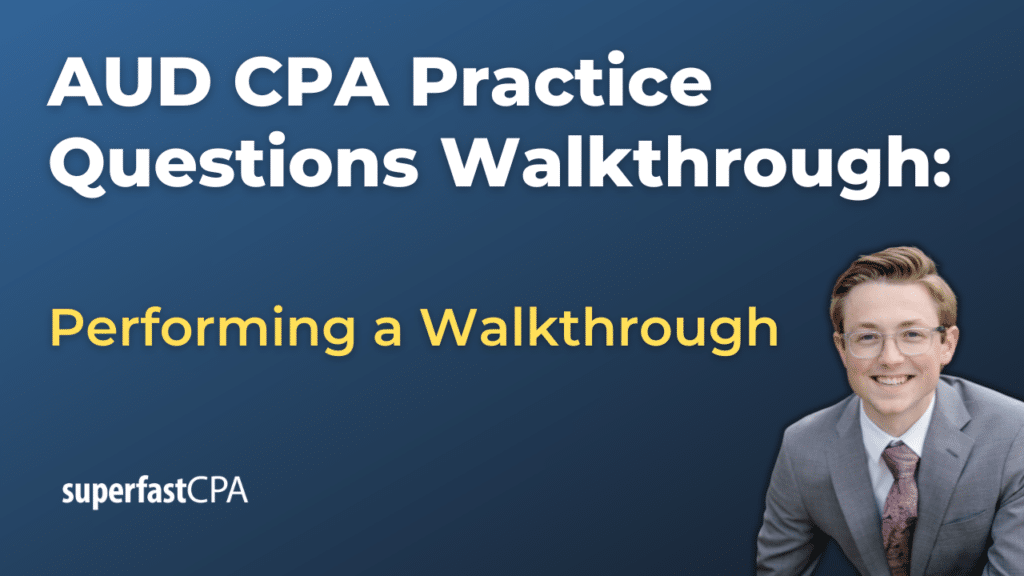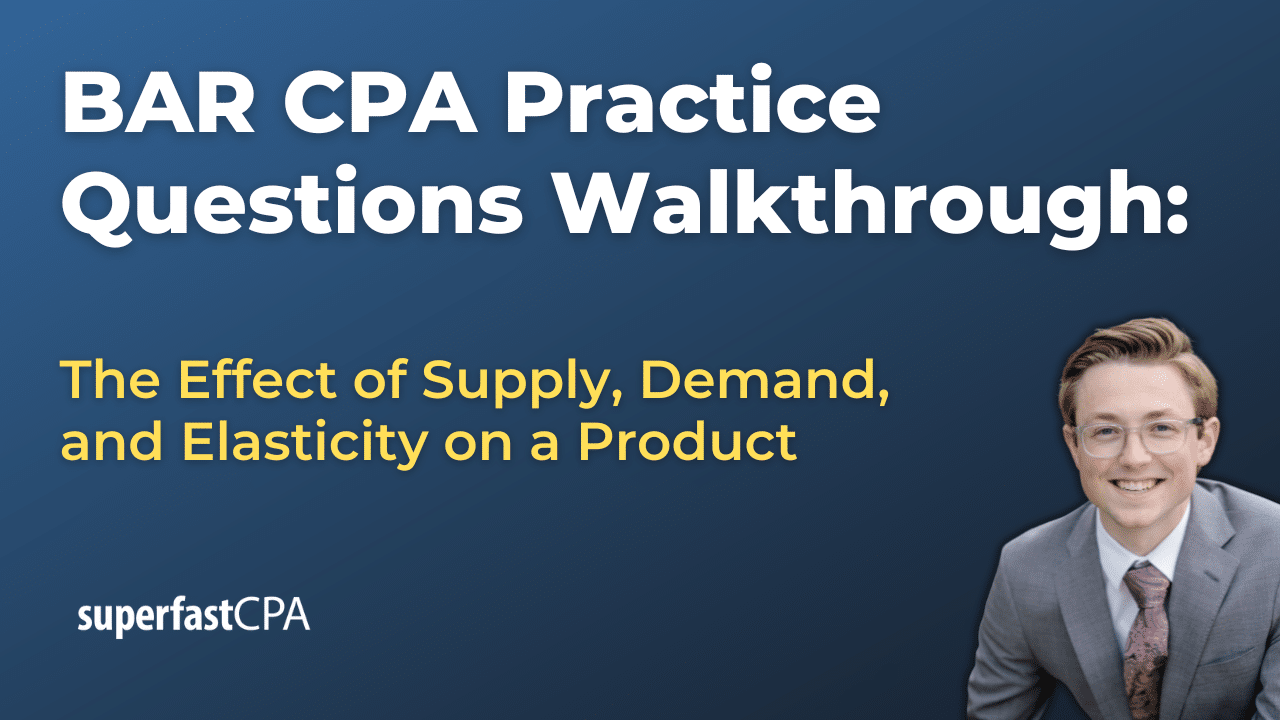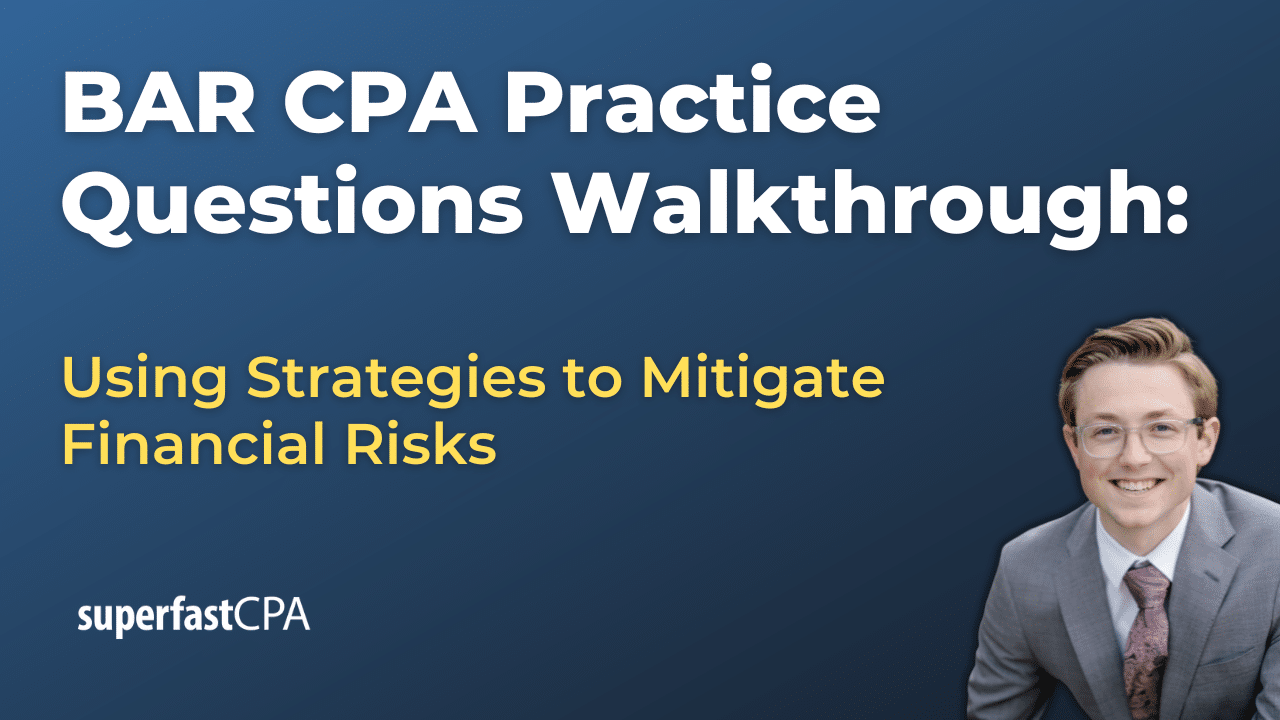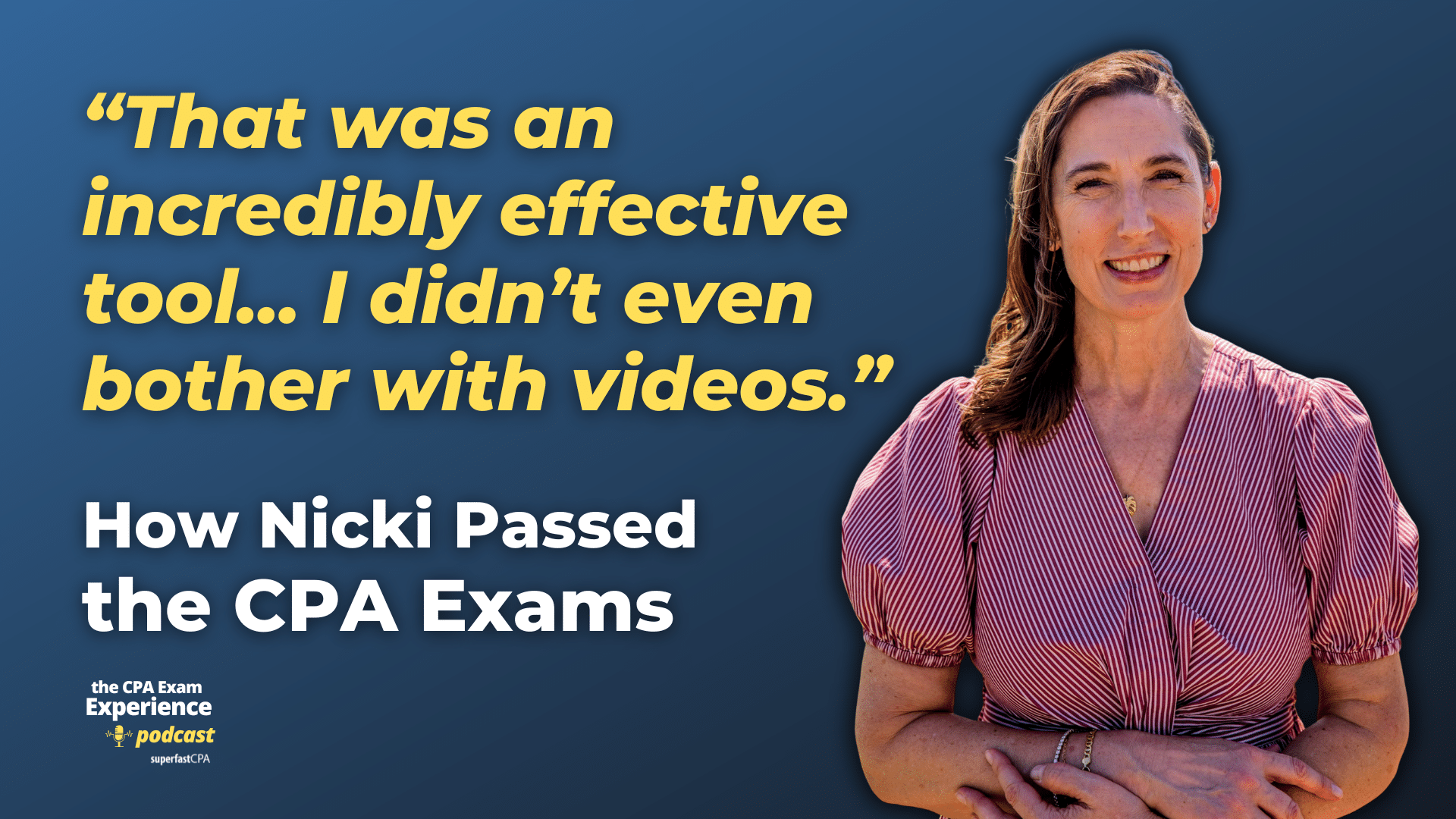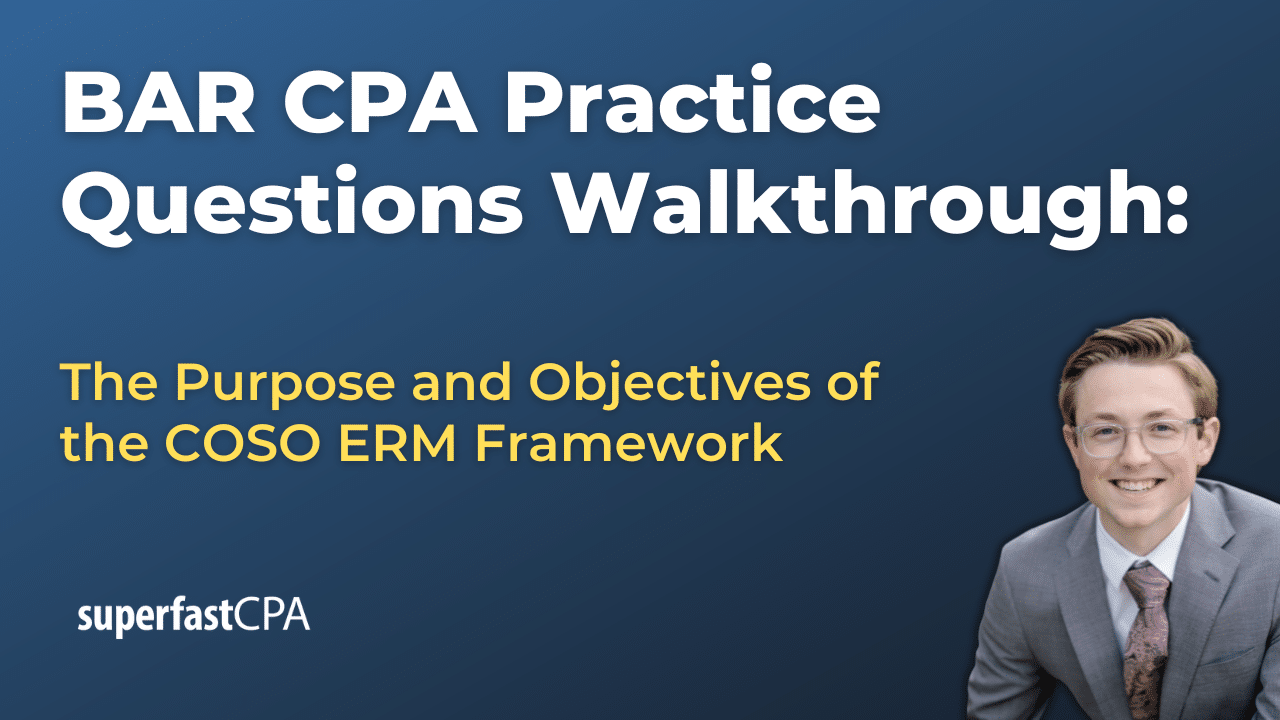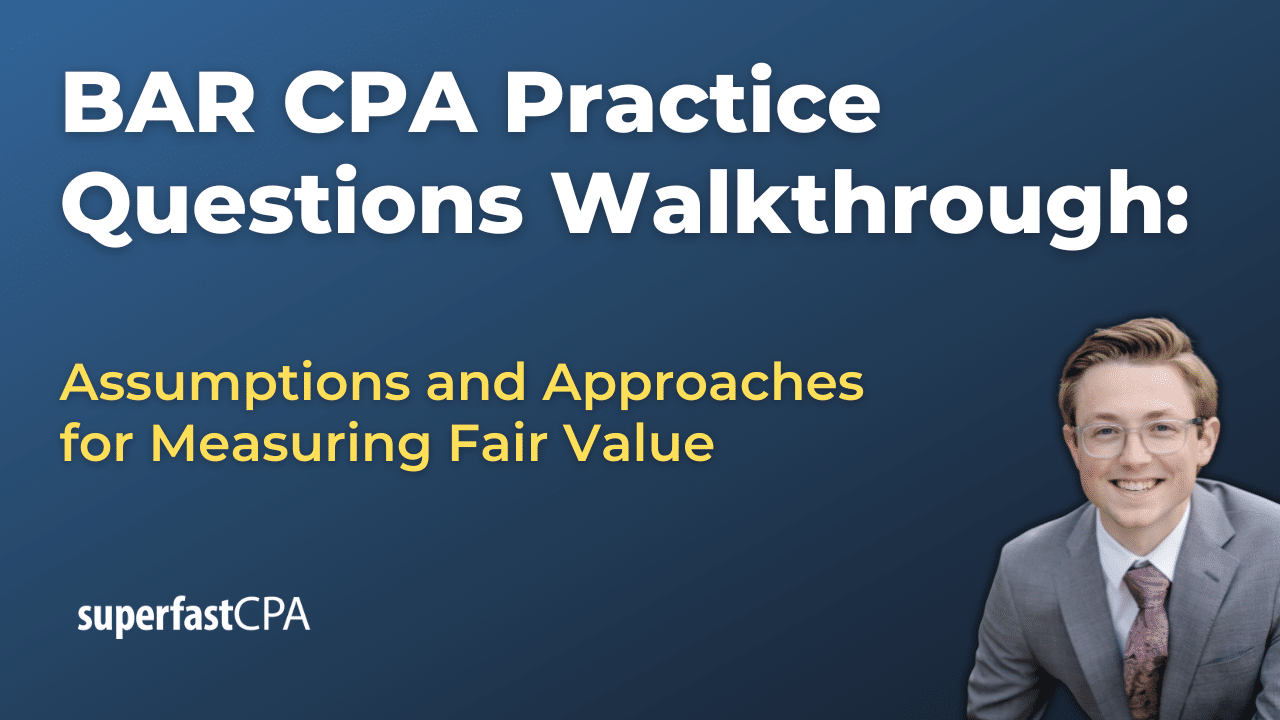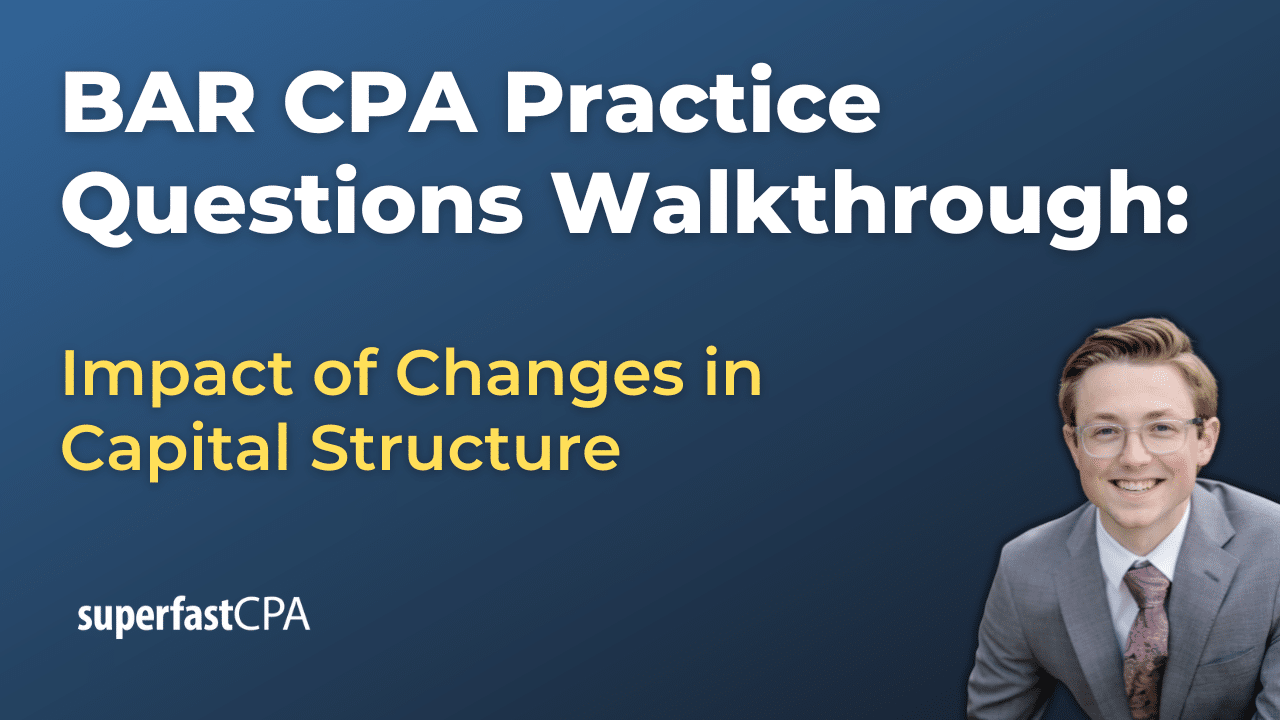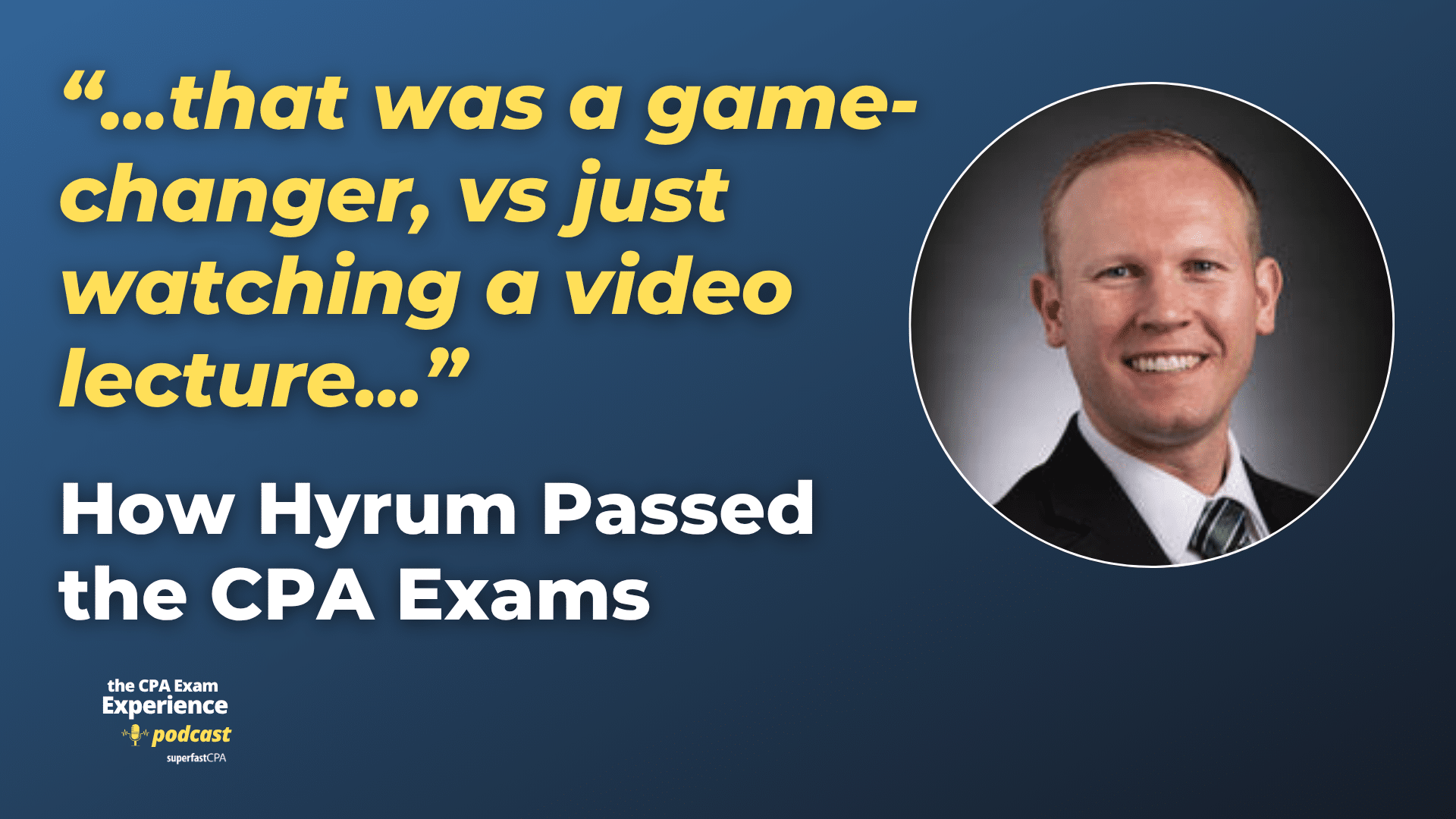In this video, we walk through 5 AUD practice questions teaching about performing a walkthrough. These questions are from AUD content area 2 on the AICPA CPA exam blueprints: Assessing Risk and Developing a Planned Response.
The best way to use each video is to pause each time we get to a new question in the video, and then make your own attempt at the question before watching us go through it.
Also be sure to watch one of our free webinars on the 6 “key ingredients” to an extremely effective & efficient CPA study process here…
Performing a Walkthrough
One of the key responsibilities of an auditor is to understand how a company processes transactions and ensure that financial reporting is accurate and reliable. Auditors can achieve this by performing a walkthrough, tracing transactions from initiation through financial statement reporting. This process allows auditors to assess how internal controls are designed and implemented within a business. Additionally, auditors use various documentation methods (e.g., flowcharts, narratives, and data flow diagrams) to record their understanding of these processes.
In this post, we’ll break down what a walkthrough is, its key steps, how it differs from a test of controls, and the best ways to document business processes.
What Is a Walkthrough in an Audit?
A walkthrough is an audit procedure in which the auditor traces a transaction from its initiation through the company’s accounting and financial reporting system. This process helps auditors understand how transactions are processed, what controls are in place, and where risks may exist.
A walkthrough typically includes:
- Inquiry – Asking employees about how transactions are processed and approved.
- Observation – Watching employees perform the transaction to see if the process matches what they described.
- Inspection of Documentation – Reviewing documents such as invoices, approvals, and journal entries to verify the process in action.
- Reperformance of Controls (if necessary) – Manually performing certain controls to validate understanding.
Example of a Walkthrough
Suppose an auditor is evaluating a company’s sales process. The walkthrough might involve:
- Inquiry: Asking the sales manager how orders are received, approved, and recorded.
- Observation: Watching an employee process a customer order in the system.
- Inspection: Reviewing a sales invoice, customer purchase order, and the related journal entry in the general ledger.
- Reperformance (if needed): The auditor might reperform the credit approval process to make sure they understand the process.
The goal of a walkthrough is not to test whether controls function consistently over time but to understand how transactions flow through the system.
Walkthrough vs. Test of Controls
One common misconception is that a walkthrough is the same as a test of controls, but they serve different purposes.
- A walkthrough focuses on understanding the process, while a test of controls evaluates whether the controls function effectively over time.
- A walkthrough typically uses inquiry, observation, and inspection to trace a single transaction through the process. It is not designed to test whether controls operate consistently over time.
- A test of controls, on the other hand, involves selecting a sample of transactions and assessing whether controls functioned as intended. This determines whether the controls can be relied upon in the audit.
Example: Walkthrough vs. Test of Controls
- A walkthrough might involve selecting one purchase transaction and following it through the entire process, asking questions, observing approvals, and inspecting documents.
- A test of controls, however, would involve selecting multiple transactions from the past year and evaluating whether all required approvals were consistently obtained.
- A walkthrough informs whether tests of controls should be performed, but it is not a control test itself.
Methods of Documenting a Walkthrough
Once an auditor completes a walkthrough, they must document their understanding of the process. The best documentation method depends on the complexity of the process and the level of detail needed.
Flowcharts (Best for structured, detailed processes)
- What it is: A visual representation showing the steps in a process, decision points, and control activities.
- Best for: Complex processes with multiple steps, approvals, and automated components.
- Limitation: Flowcharts do not explain why decisions are made, only what happens.
Example: A payroll process flowchart could show how timesheets are submitted, how payroll is approved, and how payments are processed.
Narrative Descriptions (Best for simple or small processes)
- What it is: A written explanation detailing each step of a process.
- Best for: Less complex processes or when a visual representation isn’t necessary.
- Limitation: Harder to quickly interpret compared to a flowchart.
Example: An auditor might write a narrative describing how a small company’s expense approvals work.
Data Flow Diagrams (Best for IT-heavy environments)
- What it is: A diagram that focuses on how data moves between systems, databases, and users.
- Best for: IT-driven processes, such as system-generated journal entries or automated data transfers.
- Limitation: It does not show approval workflows or manual processes.
Example: A data flow diagram could illustrate how online customer orders move from the website to the accounting system.
Checklists (Not for process flow but useful for control assessments)
- What it is: A list of key control points used to ensure processes are followed.
- Best for: Auditors verifying whether specific controls exist and are implemented.
- Limitation: Does not provide a full process flow, only a summary of key controls.
Example: An auditor might use a checklist to confirm whether all required approvals were obtained in purchase transactions.
Key Takeaways
- Walkthroughs help auditors understand how transactions flow through a company’s accounting system, using inquiry, observation, and inspection.
- Walkthroughs are different from tests of controls—they assess design and implementation but do not test effectiveness over time.
- Auditors document walkthroughs using flowcharts, narratives, data flow diagrams, or checklists, depending on the complexity of the process.
- Flowcharts are great for visualizing processes, but they don’t capture reasoning behind decisions.

